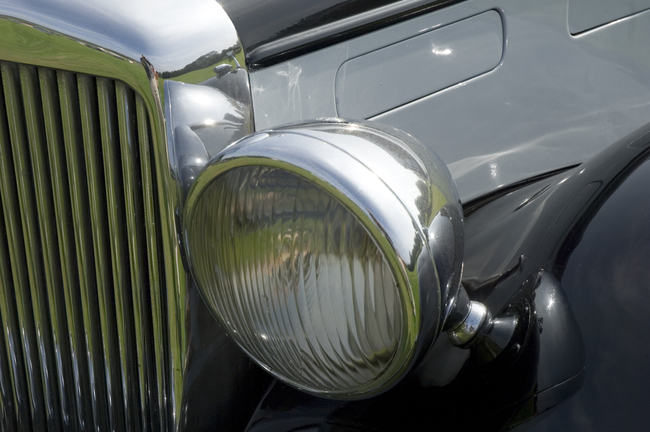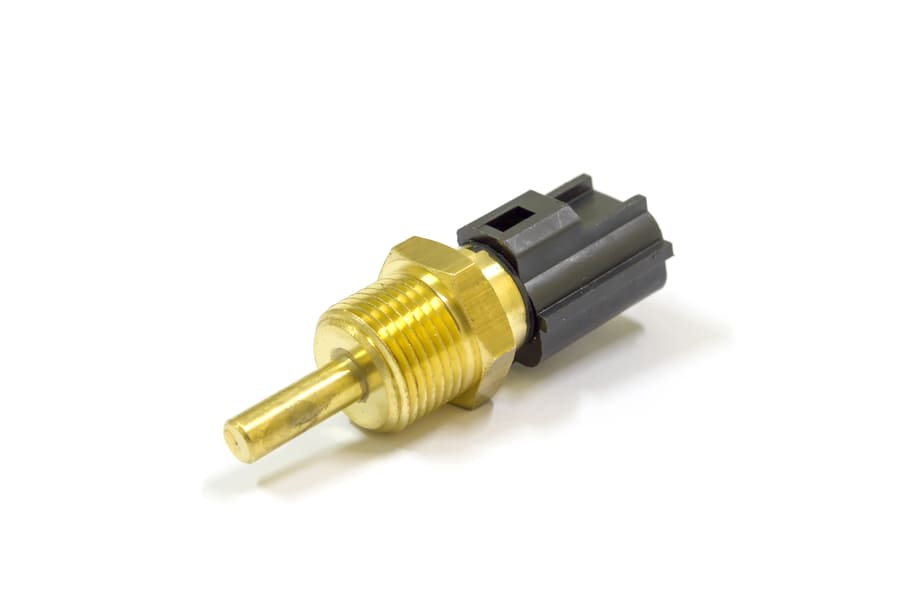
XWD, Cross-Wheel Drive, or Haldex Generation 4 are names of the all-wheel-drive system which first appeared on the Saab Turbo X model in 2008. It was developed by the Swedish company Haldex Group in collaboration with Saab Automobile AB. It ensures an optimal distribution of the torque between the front and rear axles according to the driving style and the vehicle’s operating conditions. It prevents wheel slippage and promotes fuel efficiency. This system was installed on the Saab 9-3, the Saab 9-5, and the Opel Insignia until 2011.
How XWD works
The system is controlled by an electronic unit which communicates with the control units of the engine, transmission, ABS, and ESP. Information about wheel speed, brake force, and yaw rate is sent to the system’s control unit and is used to control the power take-off unit. It transfers the engine torque via a propeller shaft to an electronically-controlled limited-slip differential. The latter distributes the torque between the rear wheels.
Torque transmission
- Up to 100% to either axle in case of slippage.
- 50% to both axles in order to optimise acceleration, improve traction, and stabilise the vehicle’s position.
- 90% to the front wheels when driving on the motorway for efficient fuel consumption.
- About 60% to the front axle when driving on a wet or slippery surface.
- Up to 85% to one of the rear wheels when it requires maximum traction during manoeuvring.
Disadvantages of XWD
- Seals wear out more quickly.
- Transmission fluid deteriorates rapidly.
- The system requires frequent servicing.








Comment